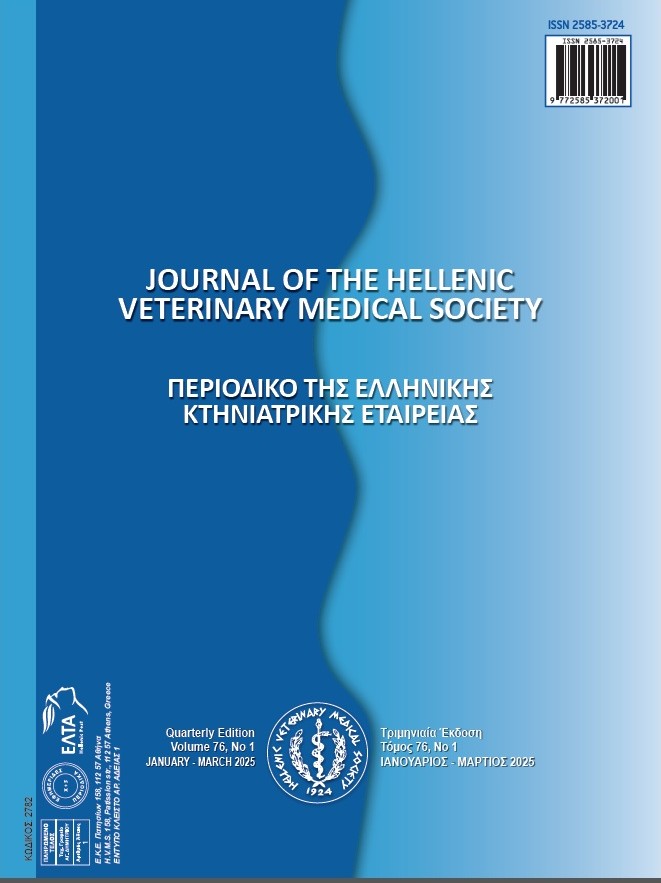Histopathological and Micro-CT Scan Evaluation of the Repair of Large Bone Lesions using Apatite Carbonate and Titanium-Containing Bioactive Glass in a Rabbit Model

Abstract
In recent years, several techniques have been used to reconstruct large bone fractures, including various scaffolds and bone reparative materials, but the results have not been remarkable. Therefore, this study investigates and compares the effect of new scaffolds based on apatite carbonate and bioactive glasses containing titanium in promoting the healing process of large bone lesions in animal models in laboratory conditions. After constructing the scaffolds, in vivo studies were performed by creating four circular defects in the calvarial bones of 10 adult New Zealand rabbits, and then the cavities were randomly filled with bioactive glass powders containing titanium and apatite carbonate. The survival and proliferation of mesenchymal stem cells through the MTT method and bone defects in the studied groups were evaluated using different diagnostic imaging methods and histological analyses. The XRD and FTIR results confirmed the high purity of the fabricated Bg-Ca and Bg-Ti scaffolds. In the MTT method, the scaffolds made at a concentration of 10 mg/ml had no cytotoxicity against MSCs. Also, in total, microCT scan analyzes and histological findings showed a significant improvement in the healing process in rabbits treated with Bg-Ti and Bg-Ca compared to the group that received the Bg scaffold alone and in the control group.
Article Details
- How to Cite
-
Moradi, S., Tabatabaei Naeini, A., Sayyari, M., & Shaikhzadeh, A. (2025). Histopathological and Micro-CT Scan Evaluation of the Repair of Large Bone Lesions using Apatite Carbonate and Titanium-Containing Bioactive Glass in a Rabbit Model. Journal of the Hellenic Veterinary Medical Society, 76(1), 8647–8656. https://doi.org/10.12681/jhvms.36453
- Issue
- Vol. 76 No. 1 (2025)
- Section
- Research Articles

This work is licensed under a Creative Commons Attribution-NonCommercial 4.0 International License.
Authors who publish with this journal agree to the following terms:
· Authors retain copyright and grant the journal right of first publication with the work simultaneously licensed under a Creative Commons Attribution Non-Commercial License that allows others to share the work with an acknowledgement of the work's authorship and initial publication in this journal.
· Authors are able to enter into separate, additional contractual arrangements for the non-exclusive distribution of the journal's published version of the work (e.g. post it to an institutional repository or publish it in a book), with an acknowledgement of its initial publication in this journal.
· Authors are permitted and encouraged to post their work online (preferably in institutional repositories or on their website) prior to and during the submission process, as it can lead to productive exchanges, as well as earlier and greater citation of published work.


